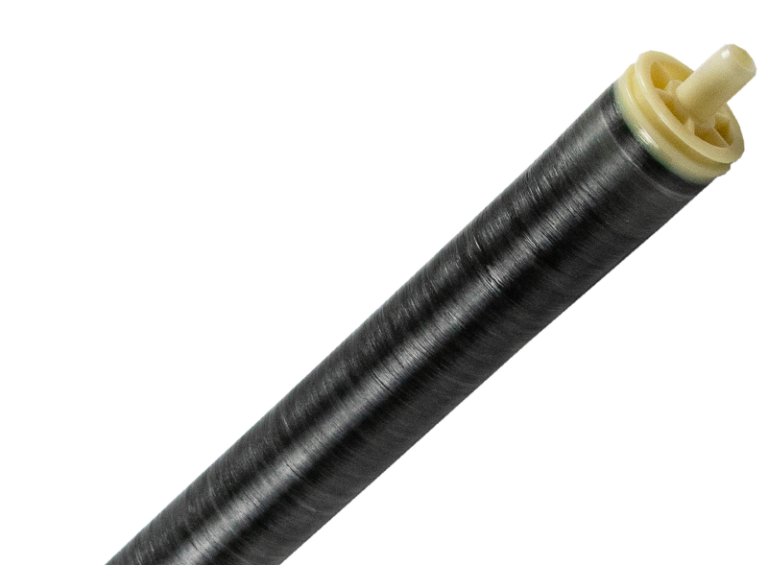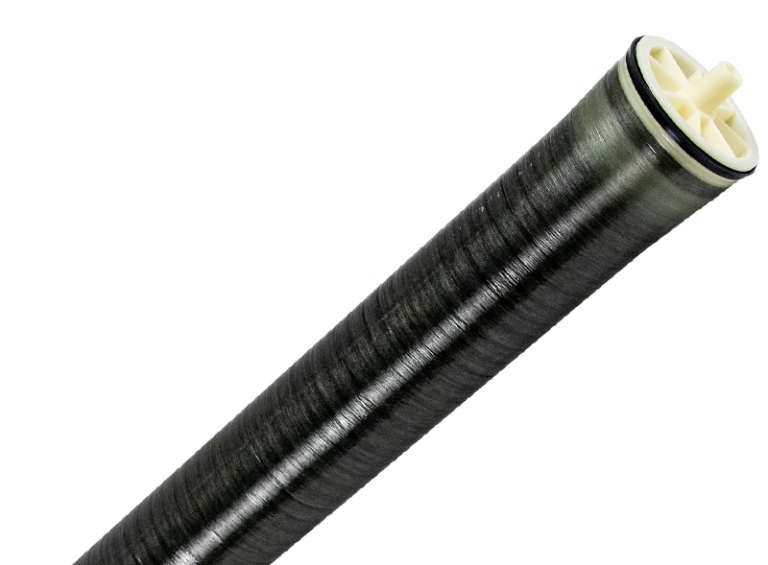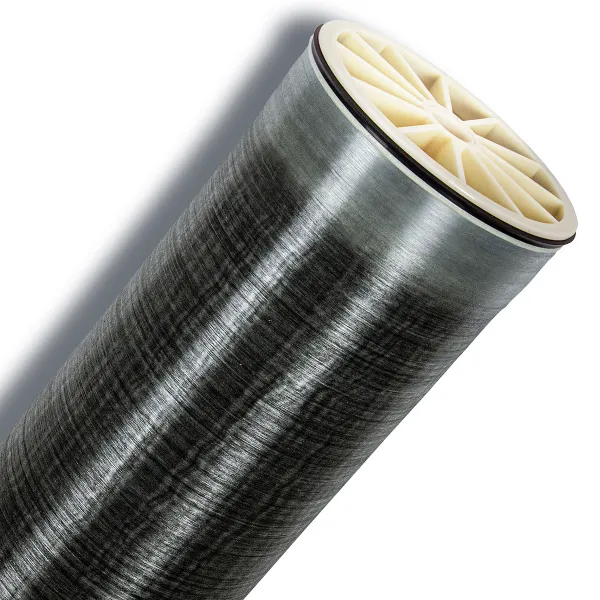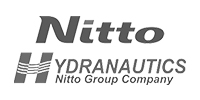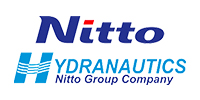Widely known as one of the most effective water treatment processes, reverse osmosis (RO) leaves you with clean, contaminant free water. RO is a process that removes dissolved contaminants from water, ensuring it is eligible for use in a wide range of applications. In this beginner-friendly guide, we break down the concept of reverse osmosis, explaining how it works and why it is important.
What is reverse osmosis?
Reverse osmosis, often shortened to RO, is a water purification process that uses a semi-permeable membrane to remove impurities such as dissolved salt, organics, heavy metals and other dissolved ions from water, generally grouped as TDS (Total Dissolved Solids). The goal is to produce clean water that is suitable for consumption and other applications.
How does reverse osmosis work?
Imagine a thin, specially created filter with tiny holes that only let water molecules pass through. That is what the main element of an RO system is made with – a semi-permeable membrane. Here’s a step-by-step guide on how the process works.
Expert tip: Before water enters the reverse osmosis system, we recommend it passes through a carbon and/or sediment pre-filtration system. This will remove chlorine or larger particles and prevent them from clogging and damaging the delicate membrane.
Water is forced under pressure through the semi-permeable membrane, which is where the magic happens. The tiny pores within the membrane are so small, they block dissolved impurities and up to 99% of chemicals from passing through.
Not everything that goes into the RO system comes out as treated water. Some of the water supply, along with filtered impurities, is separated by cross-flow filtration. The feed water passes over the RO media of which permeate goes one way, and contaminated water (known as concentrate) goes another and is disposed of as waste.
Why is reverse osmosis important?
Reverse osmosis offers several key benefits that make it an important process for water treatment:
- Exceptionally effective at removing a wide range of contaminants, including heavy metals, fluoride, chlorine, and other dissolved ions (TDS).
- Improves taste and odour of tap water, with RO eliminating chemicals that can alter this.
- Assists in protecting your health, consuming dissolved contaminant free water can reduce your exposure to harmful substances.
- Extends appliance lifespan due to the absence of mineral deposits in the water helping to prevent scale, clogs and damage.
- Provides an eco-friendly option compared to purchasing bottled water, which generates a significant amount of plastic waste.
Conclusion
Reverse osmosis provides an extremely effective water purification process to ensure you have access to clean, safe, contaminant-free water right from your tap. Its ability to remove a wide range of impurities and improve taste and odour in water makes it a popular choice for households and businesses alike.

